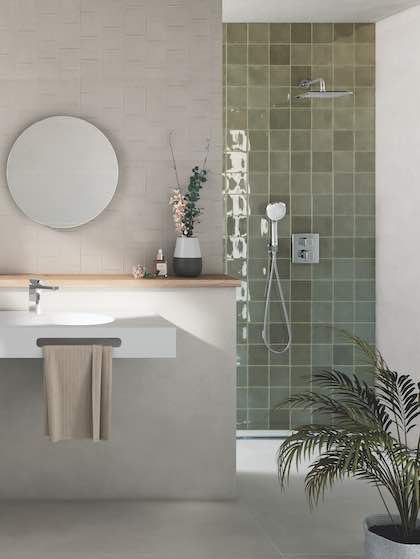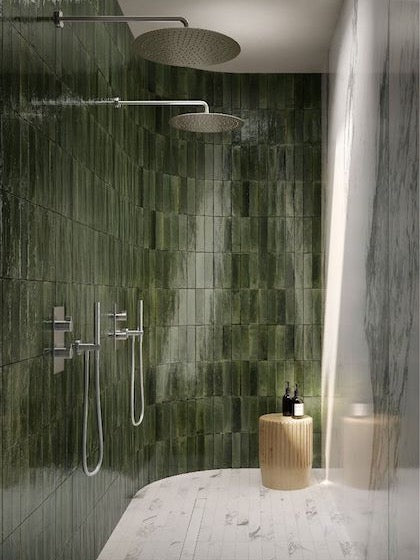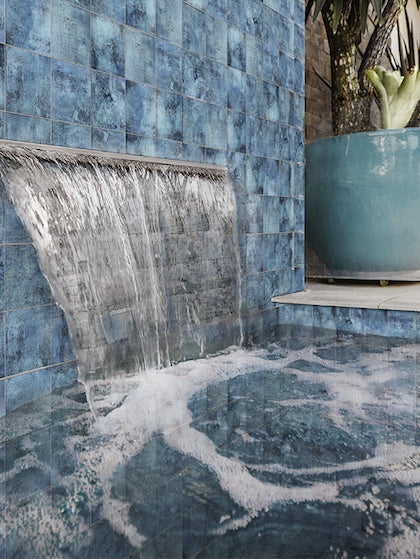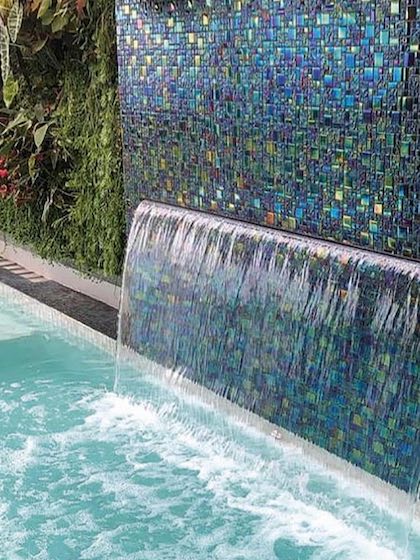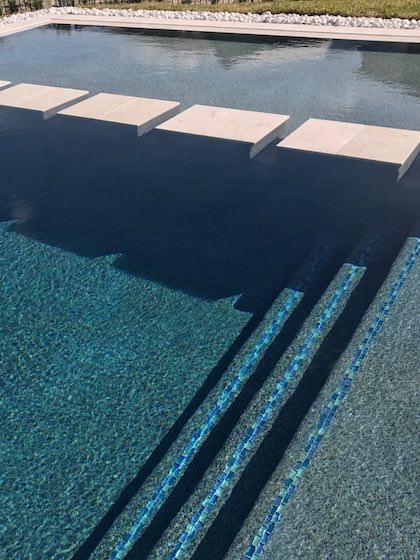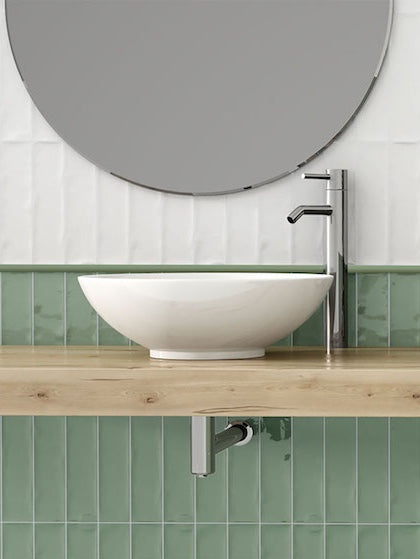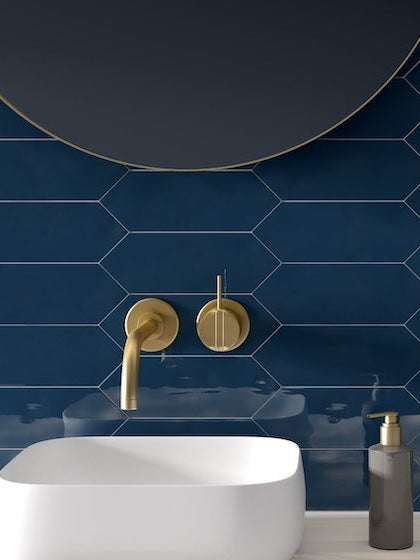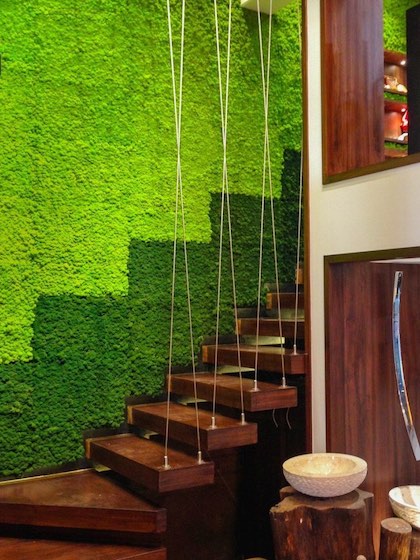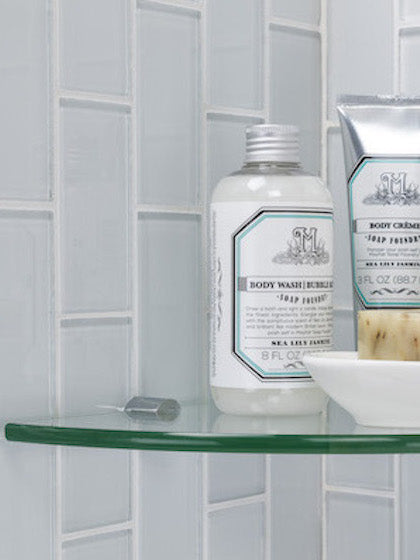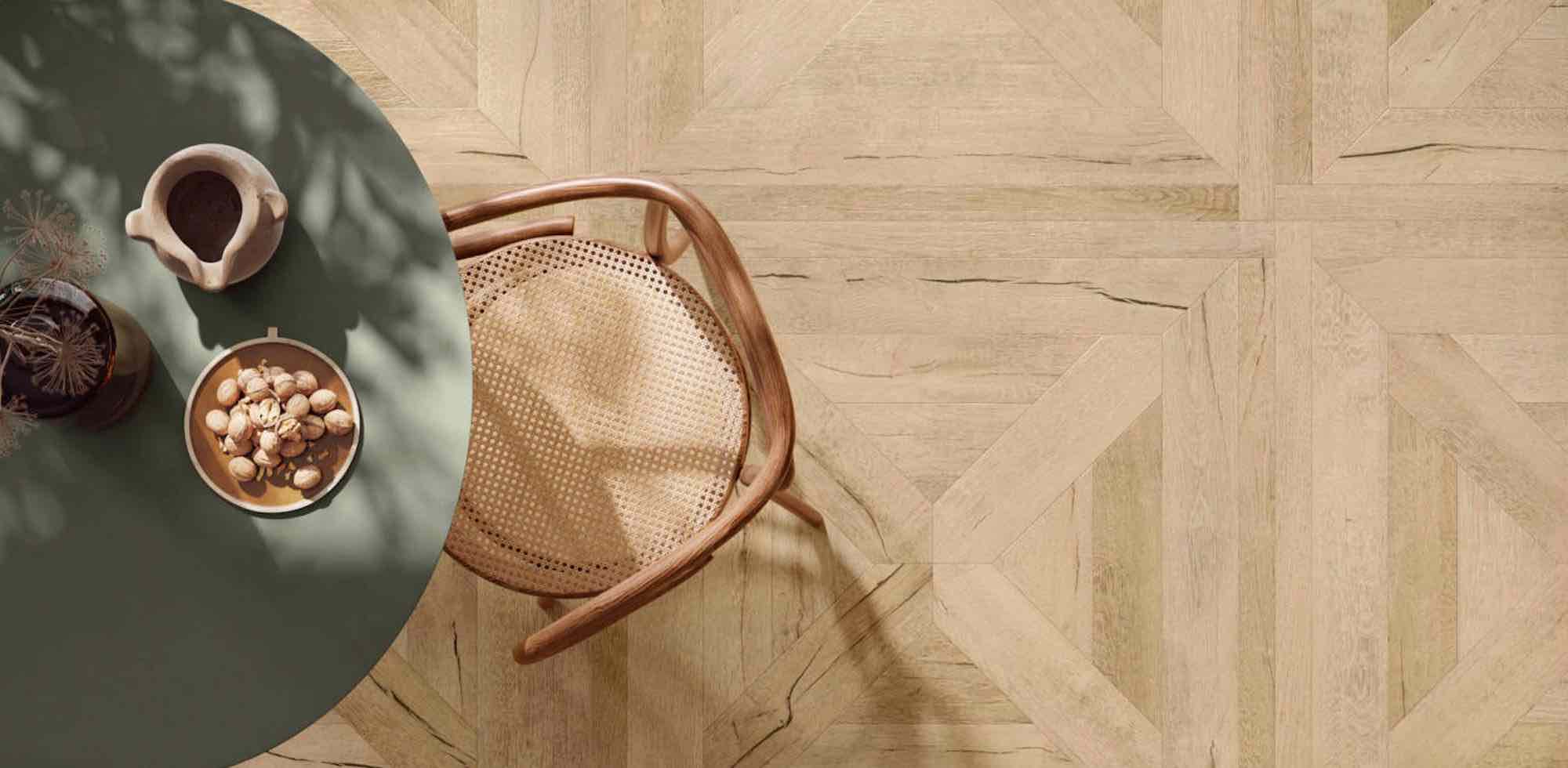If you want to give your kitchen a classic, almost-whimsical look, like the wall in the picture, then a kitchen backsplash of subway tile is by far one of the simplest ways to do just that. Described by interior designers as simple, sleek and elegant, the basic 3x6-inch subway tile traces its origins to when subway systems in New York first opened in 1904, characterized by walls of tiles giving off a brick-like appearance. To this day, subway tunnels in New York City still feature miles of subway tiles, thanks mainly to their ease of installation, as well as ease of cleaning and durability. These ceramic tiles are also strategically arranged to create colorful mosaics, designs as well as signs for commuters. New subway tiles are installed in the tunnels each year to keep the classic look while making the system more cheerful and pleasant to the eye.
A Brief History on Subway Tiles
The creation of these ceramic tiles can be attributed to the firm Heins & LaFarge, headed by artists George C. Heins and Christopher Grant LaFarge, who were both related to renowned stained-glass artisan John LaFarge. All three were part of the then-ongoing Arts and Crafts movement, specializing in the Beaux-Arts architecture style, two of the most prolific trends in the art world during the turn of the 20th century.
Heins & LaFarge worked with the Grueby Faience Company and Rookwood Pottery, prolific ceramics companies that produced the tiles that fit the description of being heavy-duty, capable of withstanding frequent cleaning and scrubbing while maintaining their appearance.
Aside from designing motifs through the use of ceramic tiles, Heins & LaFarge were also responsible for a significant amount of the architectural work that shaped the appearance of many subway stations scattered across New York.
Subway Tiles in Kitchens Today
The use of subway tiles, particularly in kitchen backsplashes, is widespread due to many compelling benefits. For starters, subway tiles are remarkably resistant to stains, due to the ability of ceramic to resist moisture. This is precisely the reason why glazed and even unglazed subway tiles are so easy to clean. Consequently, ceramic is an excellent material for hygiene-sensitive areas (think kitchens and bathroom shower walls) since its surface is poor at retaining allergens and odors from smoke and fumes. But more importantly, subway tiles are cheaper than glass tiles and stainless steel tiles, allowing for affordable kitchen renovations.
On the aesthetic side of things, the subway tile is an excellent choice because its color is fired directly into its body, ensuring that it doesn’t fade, even when exposed to direct sunlight. Their classic yet straightforward appearance also makes it easy to match furniture and paint with these tiles. Their simplistic appearance makes them a popular choice in kitchens that have a country feel or theme.
Although subway tiles usually come in white, new designs and colors have been produced over the years, allowing the simple subway tile to be used in contemporary and modern homes. Even the sizes of subway tiles have changed from the classic 3x6-inch tile, with many kitchens now featuring 4x8, 4x10 and 4x4 tiles in different finishes and textures, including beveled and matte. New trends include a specialized kitchen backsplash of subway glass tile, giving off a glossy look

